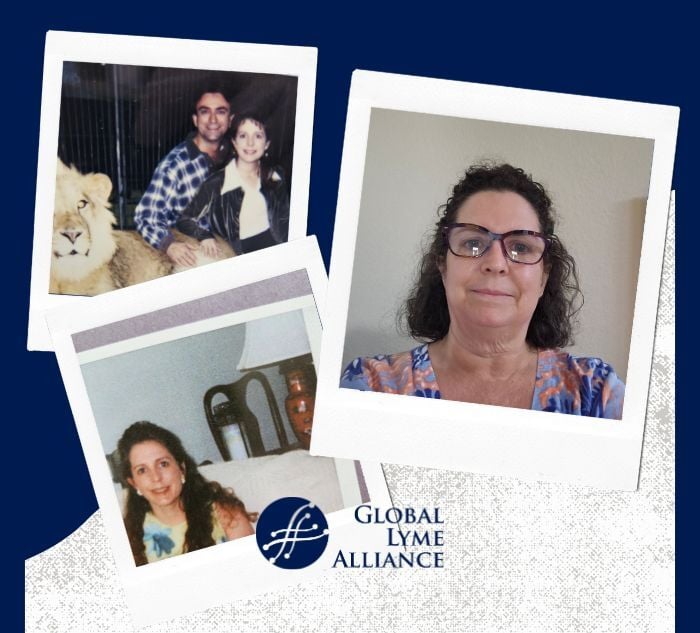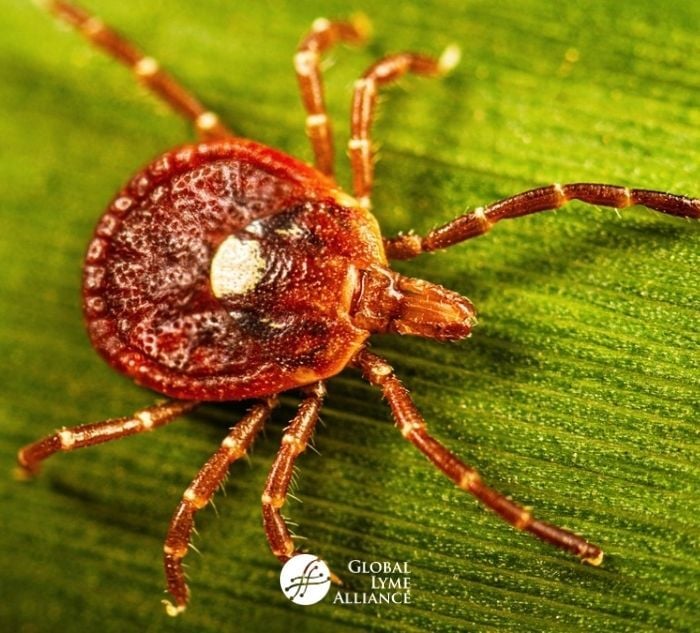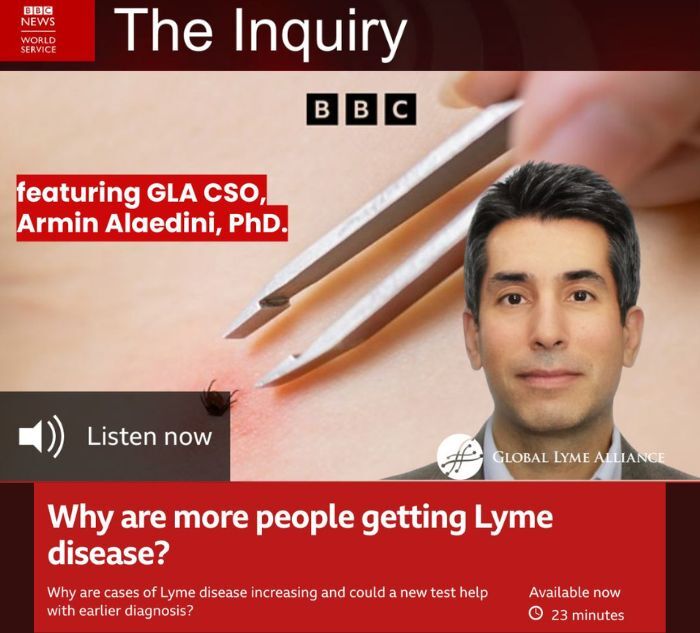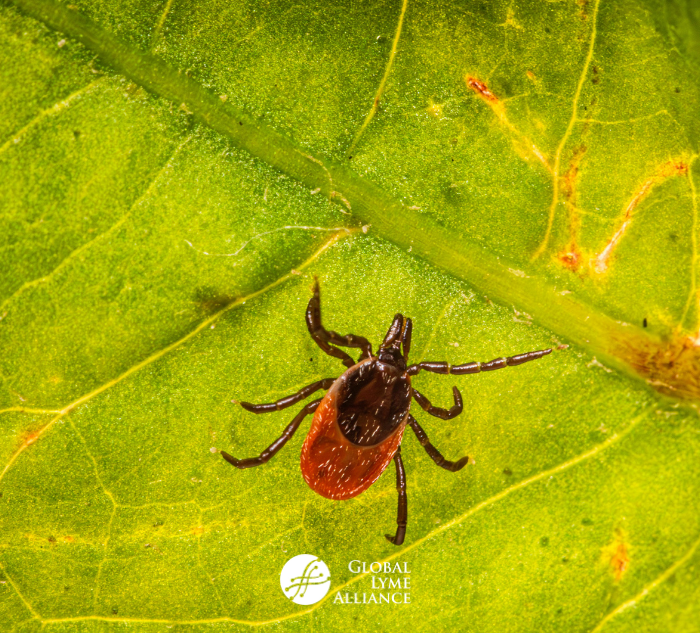
A devastating tick bite left Lawrie Barker battling Lyme disease and severe health complications. Read her inspiring journey of survival, recovery, and resilience.
Living With the Complications of a Tick Bite
What does the future hold for any of us? Since no one knows, I had always hoped for a future where I could live a relatively normal life — hopefully free of serious health complications.
Little did I know that a single tick bite would alter the course of my entire life.
When the Nightmare Began
In 2003, just a few months after my birthday, I was visiting family when my nightmare began. I developed severe pain and became so weak that I couldn’t even sit up to make the trip home. 
Within a few months of that tick bite, I was bedridden. I developed severe lymphedema, gaining over 55 pounds of fluid in just a few days — totaling 70 pounds in the first few months alone. I began experiencing periods of unconsciousness and coma-like states. Even when my eyes were open, there were stretches of time when there was no mental activity. There were moments I could string together a few words, but minutes later, I would have no memory of the conversation.
My mother passed away in 2004. With a lot of help, my husband managed to get me to the service — though I have no memory of being there.
My husband never knew what each day would bring. Around this time, he received a phone call from my Lyme doctor, who shared devastating news: my levels of infection were the highest he had ever seen in a patient. Given the severity of my multiple organ involvement, he believed I wouldn’t survive more than a few weeks.
Since I already had a DNR (Do Not Resuscitate) in place, my husband chose to keep me at home rather than risk further trauma by moving me to a nursing facility.
Eight Years in an Altered World
I remained in an altered state for the next eight years. During this time, I received a PICC line to treat Lyme, multiple co-infections, and Rocky Mountain Spotted Fever. I suffered two heart attacks and multiple respiratory arrests, with two more heart attacks still to come in 2016 and 2017.
My organs were severely compromised — including my heart, lungs, intestines, liver, and kidneys. I experienced extreme bone and generalized pain, nervous system damage, and severe fluid shifts from lymphedema.
I developed a bullseye rash soon after the bite, although I didn’t realize what it was at the time. I initially thought it was a spider bite due to the deep purple bruise that covered the entire back side of my left upper thigh. Within weeks, the bullseye pattern became very prominent.
Rocky Mountain Spotted Fever is typically treated once, but my bloodwork continued to test positive into 2012. The “spots” remained on my legs until 2016 — a mystery to every doctor I saw.
Waking Up and Starting Over
In 2011, I finally became fully awake. But the battle wasn’t over. I struggled to relearn basic functions — walking, talking with purpose, and regaining motor skills — all while dealing with severely compromised memory and cognitive function.
After years of antibiotics and holistic therapies, I made the decision to stop everything I could. I needed to conserve every bit of my energy to focus on the massive task of recovery.
Turning to European Therapies
Several years into my journey, I felt stuck — better than before but not truly progressing. I sought out additional therapies and traveled overseas for treatment.
Germany became the next chapter of my healing journey. There, I received photon therapy, blood cleansing, and various holistic IV treatments. European medicine takes a different approach — treating to heal and cure rather than only manage symptoms.
During my first treatment, the doctor informed me that he generally does not prescribe pain medication. However, after evaluating my condition and test results, he told me that I was the only patient he had ever encountered who truly needed it. I could hear the nurse gasp when he said this.
Even after years of Western medicine, my Lyme levels remained extremely high. I firmly believe that without these European treatments, I would not be as healthy as I am today.
Where I Am Today
Today, I may look relatively healthy from the outside. I’m still somewhat overweight and continue to battle severe daily pain and lymphedema. I receive treatment every other week to help keep the fluid shifts manageable.
This year, I reached a milestone I once thought impossible: I took my first solo road trip since 2003, driving 4.5 hours to visit one of my dearest friends. To many, this might seem like a small thing — but for me, it was overwhelming, empowering, and liberating.
Now, I walk without assistance, speak normally, and have moderately stable memory and thought patterns. After surviving this medical nightmare, I’m grateful to be here and able to share my story.
The Ongoing Battle
To sum up my journey, here’s a snapshot of the diagnoses and complications I continue to live with today due to Lyme disease and its co-infections:
-
Short- and long-term memory loss
-
Bell’s palsy (left side of face)
-
Excruciating bone pain and generalized nerve pain
-
Nerve “biting” sensations and shingles-like nerve pain without rash
-
Depression
-
Difficulty completing simple tasks
-
Diplopia (double vision) with blurred vision
-
Severe lymphedema (one of my most challenging daily issues)
-
Neurological damage and compromised organ function
Lymphedema drainage remains a critical part of my care every other week. This has been an energy-draining, life-altering disease.
To all those affected by this debilitating illness: God bless you, and best wishes on your own journey toward healing. You are not alone.
***

Lawrie Barker
Lawrie Barker
Lawrie Barker is a former trauma nurse whose career was cut short after facing the challenges of chronic Lyme disease, Rocky Mountain Spotted Fever, and multiple co-infections. Through her personal journey, Lawrie now advocates for others navigating chronic illness, encouraging patients to stay proactive, engaged in research, and committed to moving forward in their healing.







